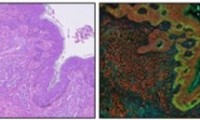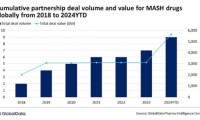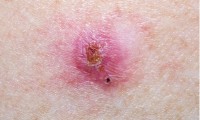-
Ono Pharmaceutical acquires cancer-focused biopharma Deciphera for $2.4bn
- Source: drugdu
- 107
- May 3, 2024
-
ETH Zurich researchers use AI to develop drug molecules based on protein structures
- Source: drugdu
- 83
- May 1, 2024
-
AI-Powered Digital Imaging System to Revolutionize Cancer Diagnosis
- Source: drugdu
- 112
- April 29, 2024
-
Parexel partners with Palantir to accelerate clinical data delivery
- Source: drugdu
- 103
- April 29, 2024
-
Exo adds FDA-cleared AI tools to handheld ultrasound system
- Source: drugdu
- 111
- April 28, 2024
-
AI Tool Precisely Matches Cancer Drugs to Patients Using Information from Each Tumor Cell
- Source: drugdu
- 133
- April 23, 2024
-
Researchers introduce new AI tool to help clinicians capture uncertainty in medical images
- Source: drugdu
- 71
- April 23, 2024
-
GlobalData
- Source: drugdu
- 132
- April 20, 2024
-
Image-Based AI Shows Promise for Parasite Detection in Digitized Stool Samples
- Source: drugdu
- 128
- April 19, 2024
-
Deep Learning Powered AI Algorithms Improve Skin Cancer Diagnostic Accuracy
- Source: drugdu
- 113
- April 18, 2024
your submission has already been received.
OK
Subscribe
Please enter a valid Email address!
Submit
The most relevant industry news & insight will be sent to you every two weeks.













